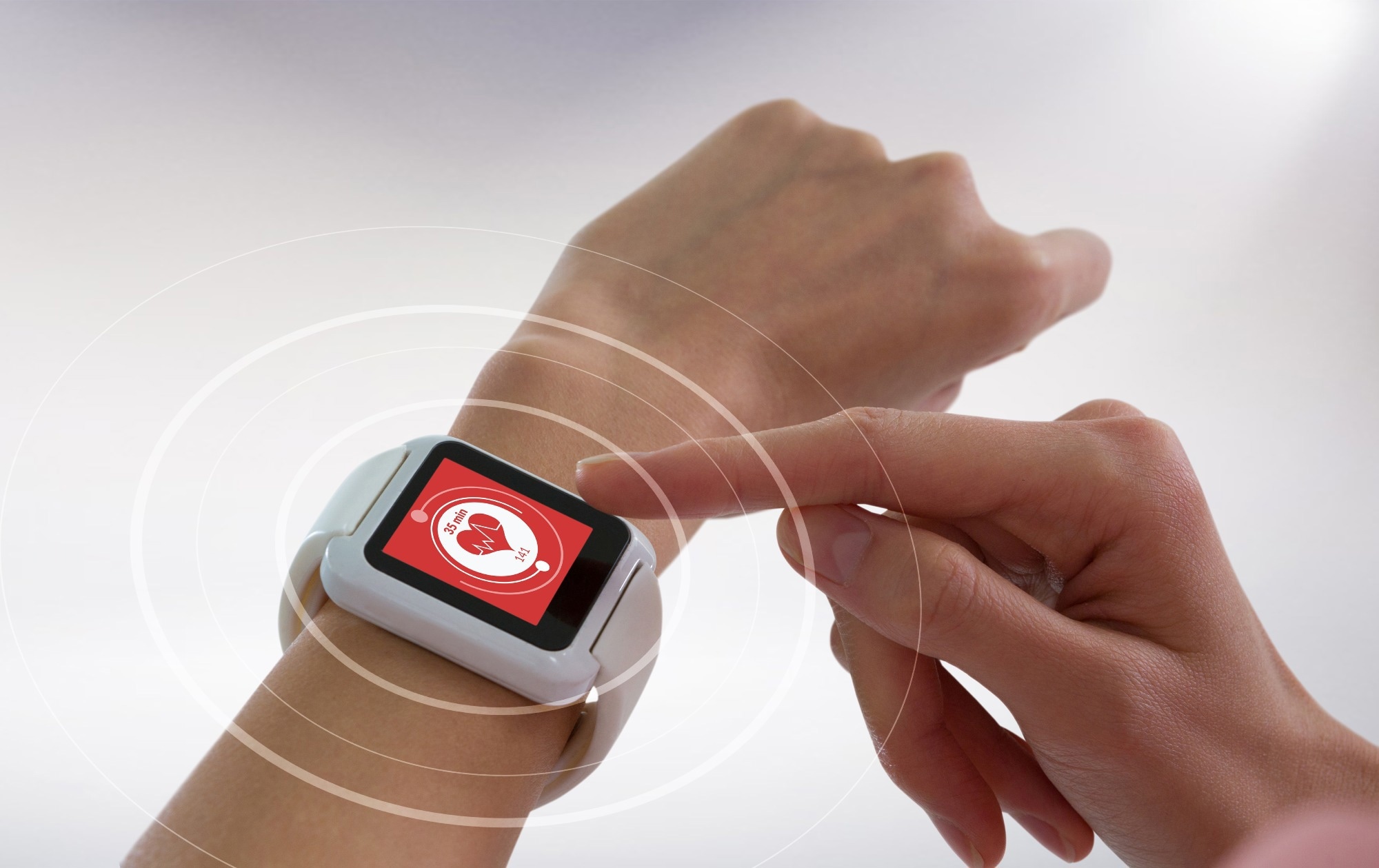When her smartwatch flagged new heart changes, a retired nurse listened, and hospital tests revealed a rare but dangerous stress-induced heart condition, reinforcing the promise and pitfalls of wearable health tech.
 Case Study: Cardiac Injury Detected by Smartwatch. Image Credit: vectorfusionart / Shutterstock
Case Study: Cardiac Injury Detected by Smartwatch. Image Credit: vectorfusionart / Shutterstock
In a new case study, a smartwatch helped detect a cardiovascular event in a 76-year-old patient. A recent New England Journal of Medicine report documents a cardiovascular event experienced by a retired nurse who presented to the emergency department (ED) with chest pain following severe emotional distress, and whose abnormal ECG findings were first detected using her smartwatch.
A 76-year-old retired cardiovascular nurse presented to the ED with a two-hour history of chest pain, triggered by severe emotional distress and associated with abnormal ECG changes recorded on her smartwatch. Her physical examination was normal. A single-channel smartwatch ECG, corresponding to lead I on a 12-lead ECG, exhibited new T-wave inversions and a lower QRS amplitude that was not present at her baseline recording one month earlier. A standard 12-lead ECG performed in the hospital revealed new T-wave inversions and subtle ST-segment elevation in the V3 lead, compared with her baseline ECG from two years earlier.
The patient’s high-sensitivity troponin T level was measured as 205 ng per liter, where the reference range was between 6 and 10. Despite the elevated troponin T level, a coronary angiogram showed unobstructed coronary arteries. Echocardiography revealed left ventricular apical ballooning with an ejection fraction of 35%. Considering the clinical assessments, clinicians diagnosed the patient with takotsubo (stress) cardiomyopathy.
Takotsubo cardiomyopathy, also known as “broken heart syndrome,” is a temporary heart condition that mimics a heart attack. It is typically triggered by severe emotional or physical stress and predominantly affects older women. Although symptoms can be dramatic, most patients recover fully with appropriate management.
Most commercially available smartwatches can record a single-lead ECG, providing helpful information about heart rhythm. However, these devices do not offer the comprehensive data of a standard 12-lead ECG, which is required to diagnose most cardiac events. In the United States, smartwatch ECGs are currently approved by the U.S. Food and Drug Administration (FDA) for detecting atrial fibrillation, but not for diagnosing heart attacks or takotsubo cardiomyopathy. It is worth noting that even though the nurse used her smartwatch to identify changes suggestive of cardiac injury, smartwatch ECGs are not approved for this indication.
Diagnosis and management relied on conventional clinical tools, including a 12-lead ECG, blood tests, coronary angiography, and echocardiography. After diagnosis, the patient was treated with a beta-blocker and an angiotensin-converting enzyme inhibitor. Follow-up, at six weeks, the patient reported feeling well, and a repeat echocardiogram was normal.
This case highlights the potential for wearable technology to prompt timely medical attention for cardiovascular symptoms. However, it also underscores that the diagnosis and management of heart conditions must be guided by medical professionals using validated equipment.
Patients should view smartwatch data as an early warning, not a substitute for professional assessment. As a retired cardiovascular nurse, the patient’s familiarity with heart disease likely contributed to her decision to seek prompt care. Her awareness and timely action may have led to a better outcome.
Ongoing research is focused on enhancing the accuracy and clinical applicability of wearable cardiac monitoring devices. Advances in artificial intelligence and sensor technology may expand the role of smartwatches in detecting cardiac events, but for now, their main benefit remains as a supplementary alert rather than a diagnostic tool.